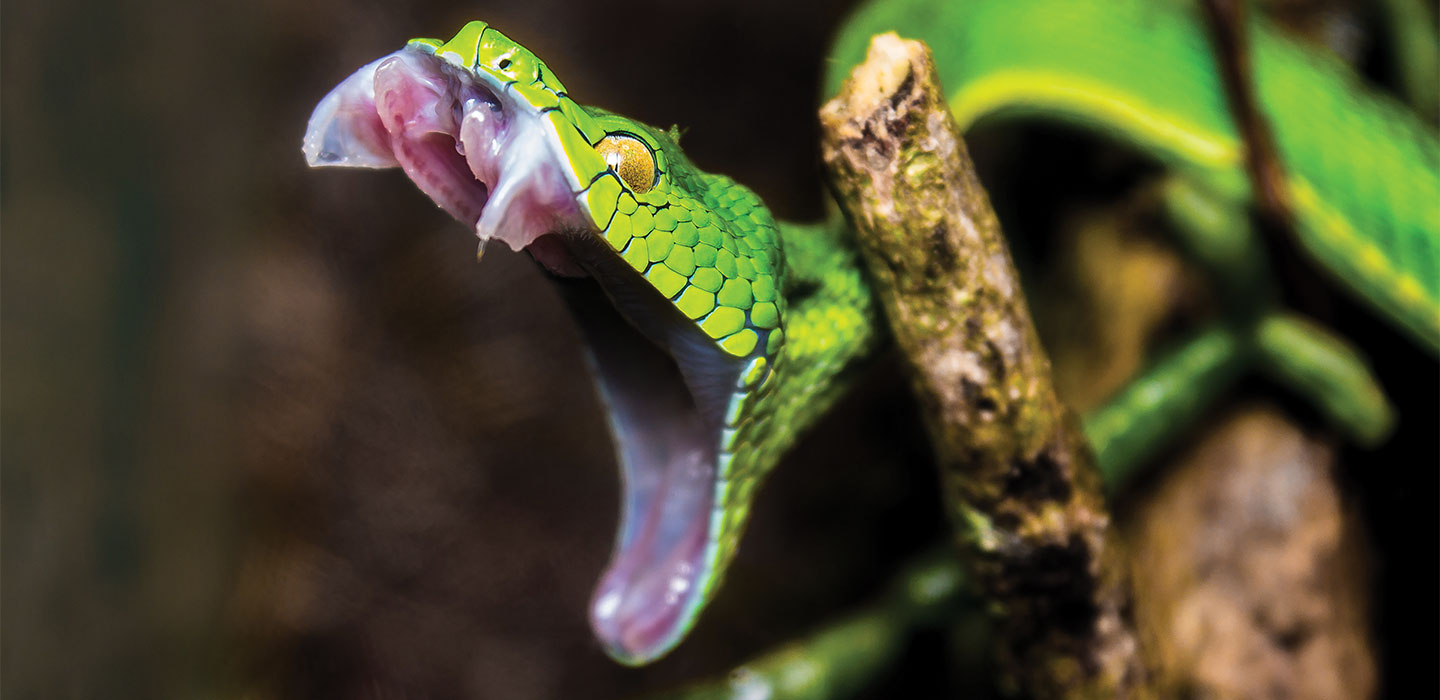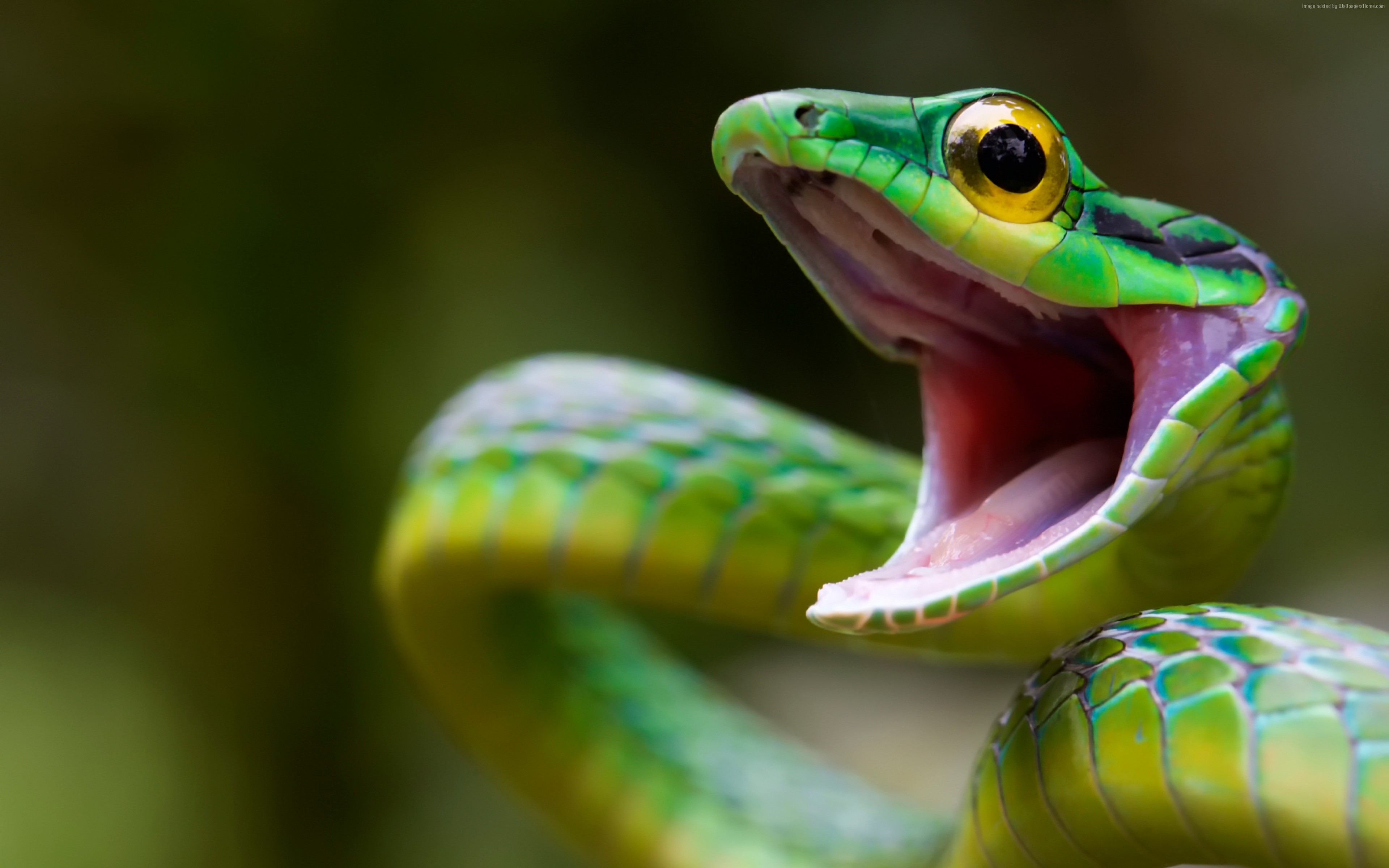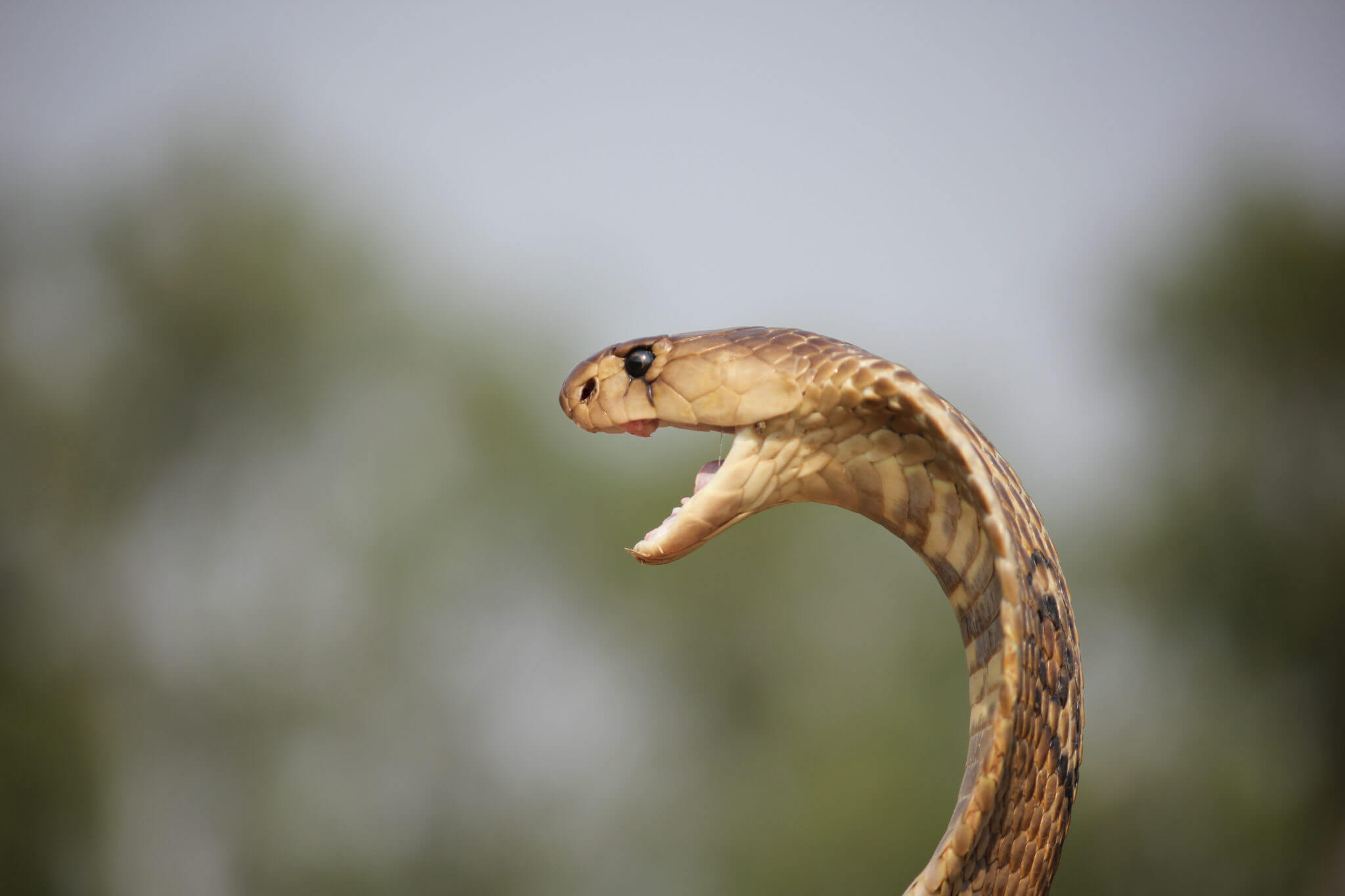Snake venom is a complex mixture of toxins that can vary extensively between and within snake species. There are four main types of snake venom: proteolytic venom, hemotoxic venom, neurotoxic venom, and cytotoxic venom. Each type of venom acts on the body differently, and some are more dangerous than others.
In this article, we will take a closer look at the four types of snake venom and the one you want to avoid most. We will also explore the most venomous snakes in the world and the most dangerous venomous snakes in the United States and India.
You are reading: The 4 Types Of Snake Venom And The One You Want To Avoid Most

4 Types Of Snake Venom And The One You Want To Avoid Most
Proteolytic venom
Proteolytic venom is a type of snake venom that consists of various protein-degrading enzymes found in all venomous snakes. This venom causes the degradation of tissue structures, accelerating the death of the prey and potentially helping with digestion.
Proteolytic venom acts at the site of the envenomation, and that’s part of the reason that humans see such dramatic changes where the bite occurs.
The venom breaks down blood vessel walls along with muscle tissue, causing a wide range of toxic effects, including those resulting from cytotoxic, hemotoxic, myotoxic, and hemorrhagic activities.
Large amounts of proteolytic venom are found in rattlesnakes and other pit vipers, working with their hemotoxic venom to inflict devastating wounds. Proteolytic venom is present in all snake bites, but it is not considered the most dangerous type of venom.
Hemotoxic venom

Hemotoxic venom is a type of snake venom that damages the circulatory system and muscle tissue, causing swelling, hemorrhage, and necrosis.
Hemotoxic venoms can have cardiovascular and/or hemostatic effects, and they are perhaps best characterized by their cardiovascular effects.
Hemotoxic venom is found in various snake species, including saw-scaled (carpet) vipers, Levantine viper, and most pit vipers.
Read more : Discover The Top 20 Rarest Horse Breeds
Hemotoxic venom is frequently employed by venomous animals, including snakes and spiders. The process by which a hemotoxin causes death is much slower than that of a neurotoxin, and symptoms may be delayed for several hours.
In humans, symptoms of hemotoxic venom include nausea, disorientation, and headache. Here are some snakes with hemotoxic venom:
– Copperheads
– Boomslang
– Rattlesnakes
– Cottonmouths
– Fer-de-lance
– Gaboon viper
– Bushmaster
– Lancehead
– Russell’s viper
– Saw-scaled viper
– Many other pit vipers
Neurotoxic venom

Neurotoxic venom is a type of snake venom that attacks the nervous system, including the brain. This venom can cause pain, paralysis, and even death by muscle paralysis.
Neurotoxic venom is primarily found in elapid snakes, such as cobras, mambas, kraits, and taipans. However, some viperids, such as the Mojave rattlesnake, also have predominantly neurotoxic venom.
Neurotoxic venom is composed of neurotoxins, which are proteins that attack nerve cells in the body, preventing messages from being sent from the brain to the muscles.
Symptoms of neurotoxic venom include heavy eyelids, difficulty smiling, limp tongue, and paralysis of the arms. In some cases, neurotoxic venom can also have fast-acting blood clotting abilities. Here are some snakes with neurotoxic venom:
– Cobras
– Mambas
– Kraits
– Taipans
– Mojave rattlesnake
– Black-necked spitting cobra
– Many other elapids
Cytotoxic venom
Cytotoxic venom is a type of snake venom that kills cells and tissues on a molecular level, leading to cell death and tissue damage. This venom is often found in cobras and other elapids.
Although not as deadly as hemotoxic or neurotoxic venom, cytotoxic venom can cause secondary injuries such as loss of limb function and other disabilities.
Cytotoxic venom is composed of cytotoxins, which are proteins that destroy cell membranes. When there is a large amount of cytotoxic venom, huge groups of cells are killed, resulting in large-scale tissue damage and necrosis that can be seen in a macro sense.
Some snakes with cytotoxic venom include:
– Black-necked spitting cobra
– Many other elapids
Read more : Discover The 10 Types Of Rattlesnakes In Texas
Clinically, treating snakebite victims in cases of cytotoxic venom involves wound care, pain management, and antibiotics to prevent secondary infections.
FAQS
1. What are the four types of snake venom?
The four types of snake venom are proteolytic venom, hemotoxic venom, neurotoxic venom, and cytotoxic venom.
2. Which type of snake venom is the most dangerous?
The most dangerous type of snake venom depends on the snake species and the individual’s reaction to the venom. However, neurotoxic venom is generally considered the most dangerous because it attacks the nervous system, including the brain.
3. What are the most venomous snakes in the world?
The most venomous snakes in the world include the inland/western taipan, reef shallows sea snake, eastern brown snake, and Chinese sea krait.
4. What are the most dangerous venomous snakes in the United States?
The most dangerous venomous snakes in the United States are coral snakes, cottonmouths, copperheads, and rattlesnakes.
5. What are the “Big 4” venomous species in India?
The “Big 4” venomous species in India are the Indian or Spectacled Cobra, Common Krait, Russell’s Viper, and Saw-scaled Viper.
6. What is cytotoxic venom?
Cytotoxic venom is a type of snake venom that kills cells and tissues on a molecular level, leading to cell death and tissue damage.
7. What is hemotoxic venom?
Hemotoxic venom is a type of snake venom that damages the circulatory system and muscle tissue, causing swelling, hemorrhage, and necrosis.
8. What is neurotoxic venom?
Neurotoxic venom is a type of snake venom that attacks the nervous system, including the brain, causing pain, paralysis, and even death by muscle paralysis.
9. What is proteolytic venom?
Proteolytic venom is a type of snake venom that dismantles the molecular surroundings, including at the site of the bite, causing a wide range of toxic effects, including those resulting from cytotoxic, hemotoxic, myotoxic, and hemorrhagic activities.
10. How can I avoid snake bites?
To avoid snake bites, it is important to wear protective clothing, avoid walking in tall grass or rocky areas, and be aware of your surroundings. If you encounter a snake, give it plenty of space and do not attempt to handle it.
Source: https://petstutorial.com
Category: Animals










